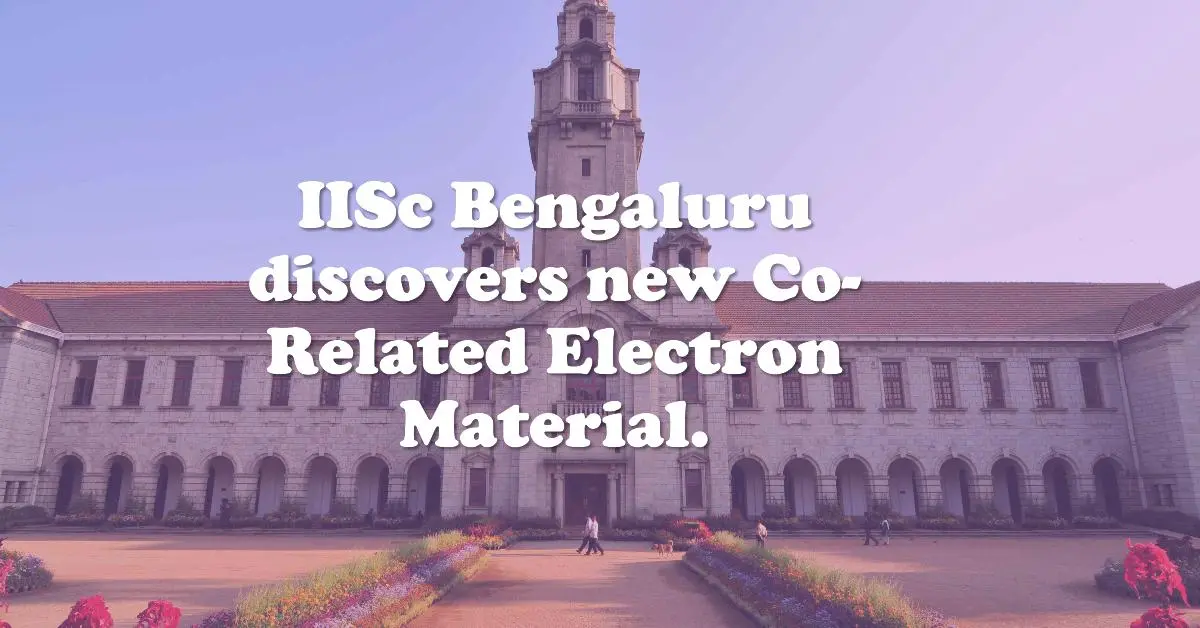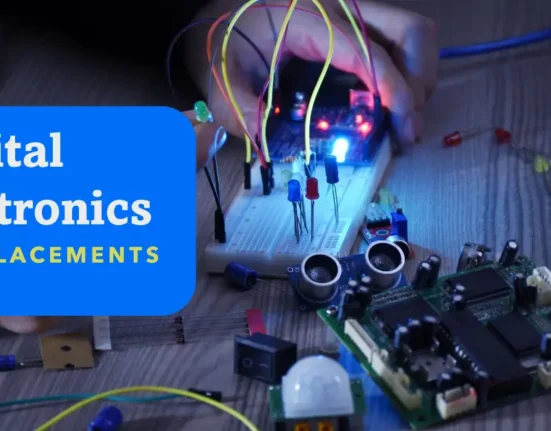Researchers at Indian Institute of Science (IISc Bengaluru Research team), with researchers from Japan, Denmark and the US, have become successful in manufacturing a material that allows them to control the temperature at which a material behaves as a conductor or an insulator. setting the ground for an electronic switch that is more proficient than a semiconductor.
As per the Division of Science and Innovation: “By and large, most normally experienced materials are either electrical conductors (like copper or aluminum) or electrical insulators (like plastic and paper). Correlated electron materials are a class of materials that undergo an electronic transition from an insulator to a metal. However, these transitions work as a function of temperature, making them less useful in devices such as an electronic switch that usually operate at a constant temperature (usually room temperature). Further, these transitions occur at a temperature that might not be relevant for room temperature operations”.
Also Read: IIsc Bengaluru Invites Gateless Applications for M.Tech in Robotics and Autonomous systems.
Design of Material proposed By IISC Bengaluru researchers
The groups of researchers, including Prof. Naga Phani and his associates at the strong state and underlying science unit at IISc Bengaluru, proposed and exhibited a three-layer structure that involves an ‘functioning’ channel layer that goes through the conductor to insulator change, a charge repository layer that can ‘dribble’ electrons into the dynamic layer and control the temperature at which the progress happens, a charge-directing spacer layer between the dynamic layer and the supply layer which manages the stream (or ‘trickle’) of electrons from the repository layer to the dynamic layer.
This examination was published in the journal Nature Communications. The clever manufactured materials layer that the scientists proposed totally removes with the need to add an ‘pollutant’ to change the materials’ properties. Further, the authors developed an easy-to-synthesize and replicate amorphous-layer design for the reservoir and the spacer layers.
Conclusion:
This work empowers the review and control of properties of these extraordinary materials that can be the two encasings and guides. Further, this work shows that electronic ‘gridlocks’ that lead to protecting conduct in these materials are very difficult, and challenge how we might interpret connected electron materials.
Recommended Articles.
Inside AXI: The Invisible Backbone of AI Accelerators
Explore how the AXI protocol powers modern AI accelerators by enabling high-throughput, low-latency data transfers across chips, cores, and memory.
- by Abhinav Kumar
- 9 July 2025
Carry Lookahead Adders Explained: Why Tree-Based Logic Powers Modern CPUs ?
Carry lookahead adders solve the delay problem in ripple-carry designs by predicting carry signals in advance. This article breaks down.
- by Abhinav Kumar
- 23 June 2025
What Is AMBA? A Simple Guide to Advanced Microcontroller Bus Architecture for SoC Designers
Learn how AMBA (Advanced Microcontroller Bus Architecture) powers communication inside modern SoCs. From APB to AHB and AXI, explore the.
- by Abhinav Kumar
- 22 June 2025
Discover more from WireUnwired
Subscribe to get the latest posts sent to your email.








1 Comment